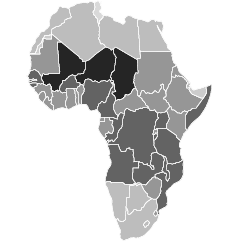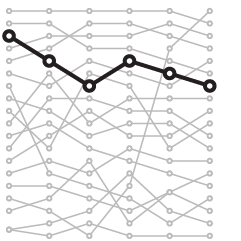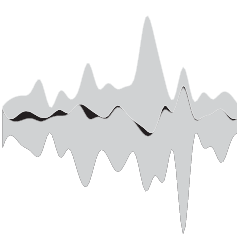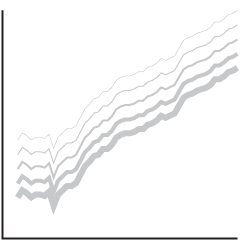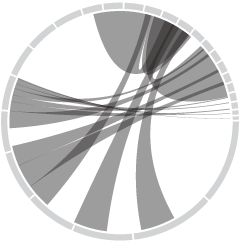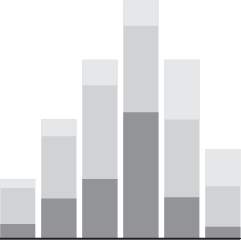Movies and television shows often reflect cultural trends of the time they are made in. Even movies that take place during the past or future can say something about the present through metadata or production style. Benjamin Schmidt, an assistant professor of history at Northeastern University, provides a tool that lets you see trends in movie and television dialogue.
Read More
-
-
You’ve likely seen the classic Powers of Ten video from 1977. It starts on an individual and continues to zoom out farther to a view of galaxies. The video provides a sense of scale that makes really big (and really small) numbers more relatable. We’re just not very good at picturing scales beyond a certain range.
So when you hear that retired baseball player Derek Jeter took an estimated 342,000 swings during his professional career, you get that it’s a lot, but only kind of. The New York Times went all Powers of Ten on the Jeter swing count to help you see better.
The piece starts with a single swinging Jeter, and as you scroll down you get the average swings per at-bat, then practice swings per game. Keep going, and you get the career total.
-
Graphic designer Txaber created beer can labeling to match the typical color of each beverage to its Pantone color.
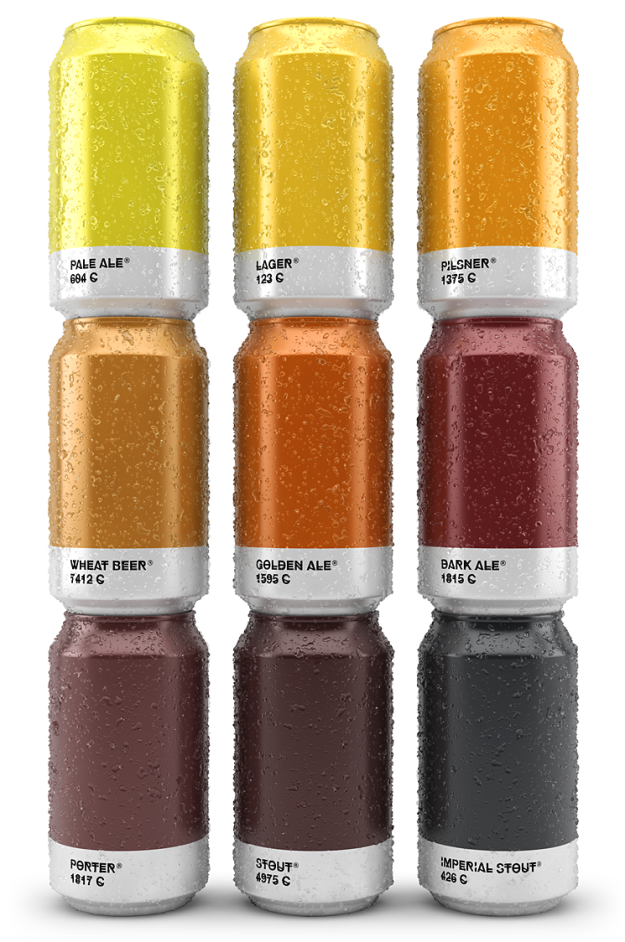
I probably wouldn’t buy beer with this labeling though. Usually you look for more complexity in your beverage, and these colored cans say flat and single-noted beer to me. Fun though. And maybe useful for beer beginners. [via Boing Boing]
-
Recurring TED talker Hans Rosling returns with his son and Gapminder Foundation co-founder Ola Rosling and an update on their latest work: the Ignorance Project. They hope to shift people’s biased perception of world progress towards the statistics — and to surpass chimps in correctness.
The audience quiz and real-time results work perfectly. I’m guessing the audience answers on their keypads, Ola enters the results backstage, and then the audience sees the finished slide by the time Hans gets there.
-
In high school health class, where I learned about contraceptives and the dangers of pre-marital sex, my teacher spouted rates to scare. He would say something like condoms are 98 percent effective but never explained what that meant. Do they break 2 percent of the time? Do couples get pregnant 2 percent of the time? STDs?
These charts from Gregor Aisch and Bill Marsh might help. They show the probability of an unplanned pregnancy, categorized by contraceptive and over a span of ten years. The top solid lines represent probabilities with “typical use” and the dashed lines on the bottom represent probabilities with “perfect use.”
Maybe it’s time for better instructions on how to use these things.
Update: The calculation of long-term probabilities is likely on the pessimistic side and makes too many assumptions about the data and population. Andrew Whitby critiques.
-
Malke Rosenfeld uses percussive dance to teach math to her elementary students. The program is called Math in Your Feet. Through learning dance patterns, students also pick up on math concepts such as “congruence, symmetry, transformation, angles and degrees, attributes, pattern recognition, symbols, and mapping on a coordinate grid.” Rosenfeld explains in the video below.
Too bad it’s not learning dance through math. I could’ve used some carefully drawn diagrams to get through the awkward dance portion of physical education.
-
Data journalist Anna Flagg for ProPublica reported on animal species at higher risk of extinction.
Animal species are going extinct anywhere from 100 to 1,000 times the rates that would be expected under natural conditions. According to Elizabeth Kolbert’s The Sixth Extinction and other recent studies, the increase results from a variety of human-caused effects including climate change, habitat destruction, and species displacement. Today’s extinction rates rival those during the mass extinction event that wiped out the dinosaurs 65 million years ago.
The data has an interesting organization. Think back to sixth-grade science and remember that animals are grouped in a hierarchy of order, family, genus, and species. This hierarchy is represented with horizontal bars on the bottom, vertical line pointers, vertical bars, and elements within each bar, respectively.
Once you get down to the genus level (vertical bars), the interactive gets kind of tough to use unless you search for a specific species. I want some filters or some breakout sections to highlight spots to look at. However, as a tool for those closer to the challenge, this seems like it could be quite useful.
-
Dreams, hope, and most importantly, love, mixed with some parties and dranking.
-
A Truncated Story of Infinity, a short film by Paul Trillo, explores the infinite possibilities in the mundane and everyday — “cosmic doppelgangers.” So many small things can change the course of a day entirely.
There were a lot of moments that reminded me of the opening scene from Stranger Than Fiction.
-
The New York Public Library is developing an eBook-borrowing system, which includes an app that helps you keep track of books, process, and such. One of the challenges is displaying the covers of available books when many of the works don’t actually have a cover, so NYPL Labs turned to generative covers that could be made on the fly. Mauricio Giraldo Arteaga, in charged of design, explains the process.
The code for iOS and Processing is available on GitHub.
-
Beat Blox is a student project by Per Holmquist from Beckmans College of Design. Blocks are placed on a turntable, and beats sound accordingly. Super playful.
[via CAN]
-
Scientists found the fossils of a giant dinosaur that they estimate was 26 meters long and 60 tons heavy. How much is that really? BBC News provided a simple chart to put size into perspective. They compared dinosaur sizes to a moose, African Elephant, and a Boeing 737-900.
Impressive. Although not as impressive as Mega Shark. [Thanks, Jim]
-
The British Library georeferencing project places old maps, as far back as the 16th century, on top of Google Maps for browsing and as a mode of comparison.
The British Library began a project to crowdsource the georeferencing of its scanned historic mapping in 2011 by partnering with Klokan Technologies to customise its online georeferencing tool. There have been five public releases of maps since 2012, all of which met with tremendous success. In total over 8,000 maps have been “placed” by participants and subsequently checked for accuracy and approved.
Has someone else done this? I feel like I’ve seen something like this project before, but the closest thing I can think of is Historypin, which overlaid images on top of Google Streetview.
-
In many parts of the country, the departments of health require that eating establishments put up posters that instruct you what to do in case someone is choking. The posters are government-issued, but some people are putting up redesigned posters that fit in with restaurant decor. The Sideshow Podcast covers the trend and some of the ridiculous posters to come out of it.
Read More -
Nature highlights the research of R. Brent Tully et al, which defines a supercluster called Laniakea. A supercluster is like a network of galaxies, and according to this work, the Milky Way is at the edge of this one.
From the abstract:
Here we report a map of structure made using a catalogue of peculiar velocities. We find locations where peculiar velocity flows diverge, as water does at watershed divides, and we trace the surface of divergent points that surrounds us. Within the volume enclosed by this surface, the motions of galaxies are inward after removal of the mean cosmic expansion and long range flows. We define a supercluster to be the volume within such a surface, and so we are defining the extent of our home supercluster, which we call Laniakea.
See the full paper here [pdf].
-
When you compare distributions of race for police departments and for the residents of the area they serve, you find disparity in many metropolitan areas. Jeremy Ashkenas and Haeyoun Park for the New York Times report, focusing on the higher percentage of white police officers.
Stacked bars show race distributions for residents (top) and the respective police department (bottom) for selected cities. A map for each area shows bubbles colored by amount of gap and sized by number of police officers. The darker the shade of green, the bigger the gap, so you see mostly green maps.
-
In another use of data from the American Time Use Survey, Planet Money looks specifically at the hours people work, separated by twenty job categories. Each density area represents a category, and height represents the percentage of people (estimated with survey answers) who are at work at various hours of the day.
The interesting bit is that you can select two job categories to easily compare at once. For example, the above shows transportation in yellow against protective services in blue. For the latter, you see a more spread out distribution, as it’s more common for those in protective services to work at night.
The stacked area chart from the New York Times from almost six years ago (whoa, time) is still my favorite visualization of the survey data.
-
The map above by MetroTrends shows the percent of white kids who attended majority-white schools during the 2011-12 school year. Schools are still segregated in many areas of the country.
From Reed Jordan for MetroTrends:
The separation of races is most clearly seen in large metropolitan counties that hold the bulk of a state’s population and most of its students of color. For example, in Chicago (Cook County), the overall student population is about 25 percent white, 31 percent black, and 37 percent Latino, but 96 percent of black students attend majority non-white schools and 67 percent of white students attend majority white schools. In other words, white students tend to attend schools with other white students and black and Latino students attend schools with other students of color.
Estimates are from the National Center for Education Statistics. [via @datatelling]
-
By Ben Shabad, full-time graduate student and part-time cartoon-drawing person.
-
You’ve been able to visualize data with Python for a while, but Mac application PlotDevice from Christian Swinehart couples code and graphics more tightly. Write code on the right. Watch graphics change on the right.
The application gives you everything you need to start writing programs that draw to a virtual canvas. It features a text editor with syntax highlighting and tab completion plus a zoomable graphics viewer and a variety of export options.
PlotDevice’s simple but comprehensive set of graphics commands will be familiar to users of similar graphics tools like NodeBox or Processing. And if you’re new to programming, you’ll find there’s nothing better than being able to see the results of your code as you learn to think like a computer.
Looks promising. Although when I downloaded it and tried to run it, nothing happened. I’m guessing there’s still compatibility issues to iron out at version 0.9.4. Hopefully that clears up soon. [via Waxy]

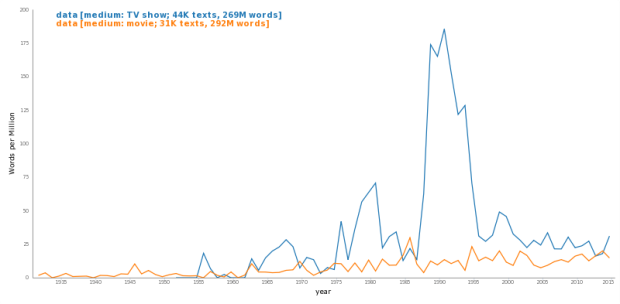
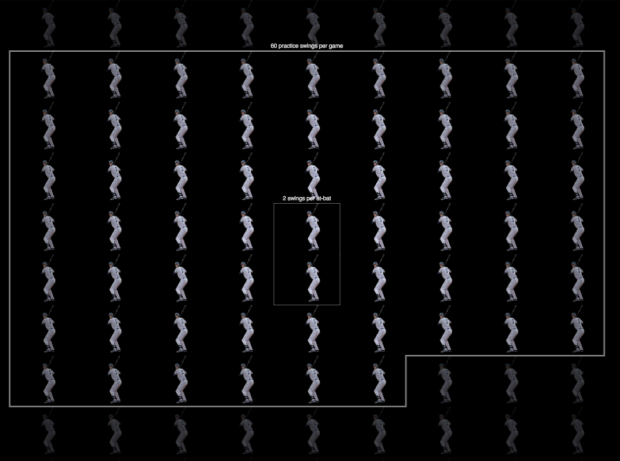

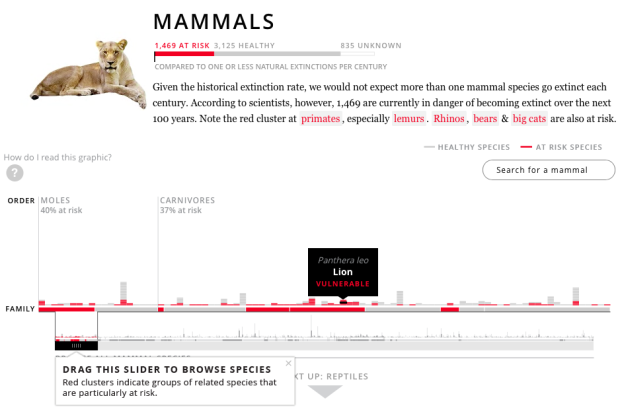
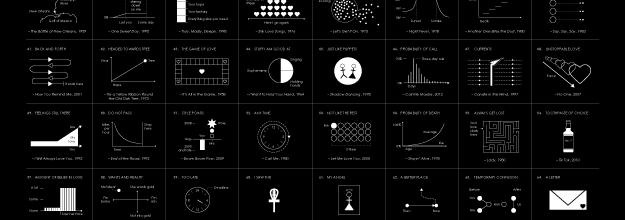

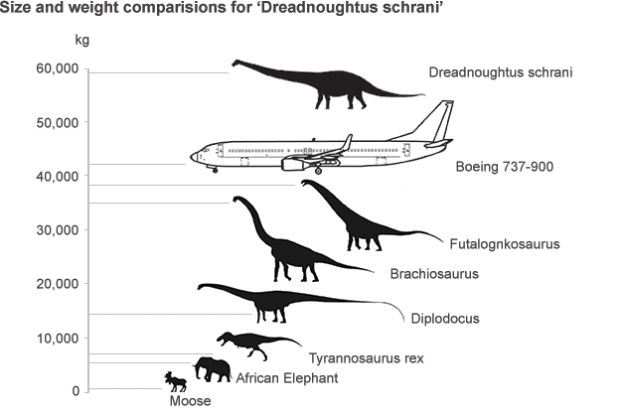
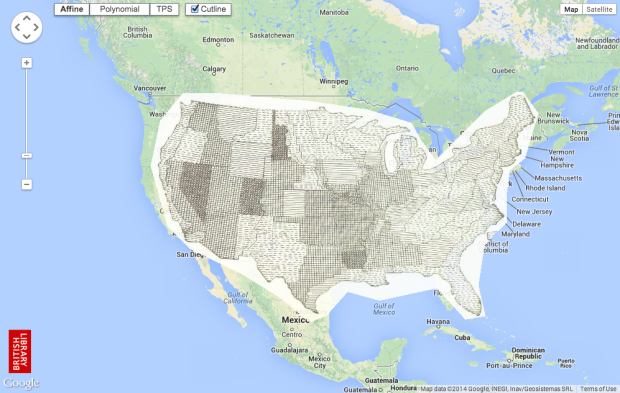
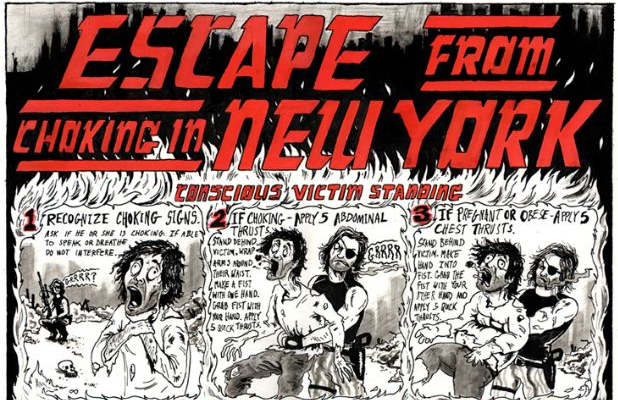
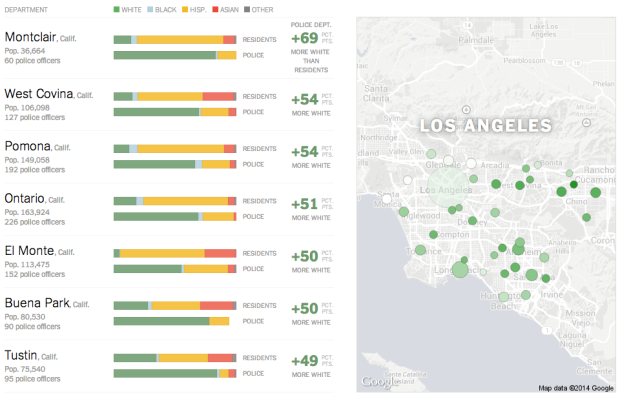
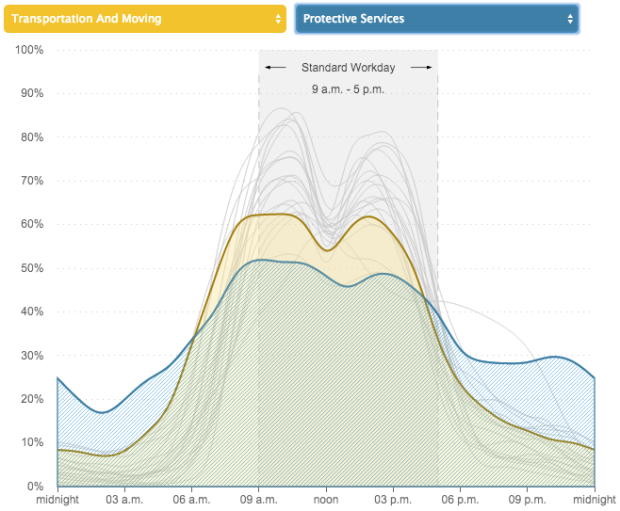
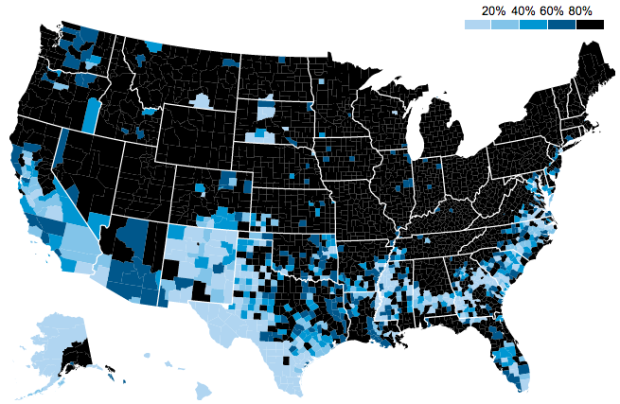

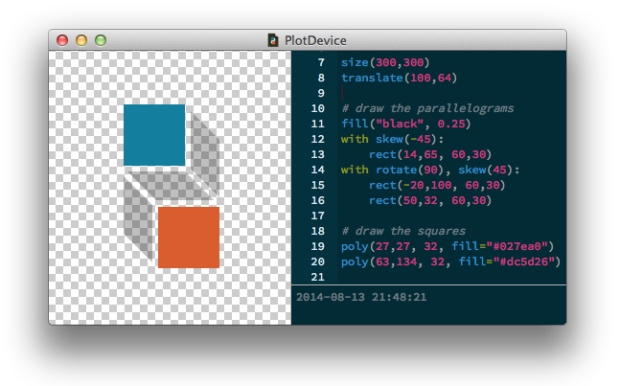
 Visualize This: The FlowingData Guide to Design, Visualization, and Statistics (2nd Edition)
Visualize This: The FlowingData Guide to Design, Visualization, and Statistics (2nd Edition)
